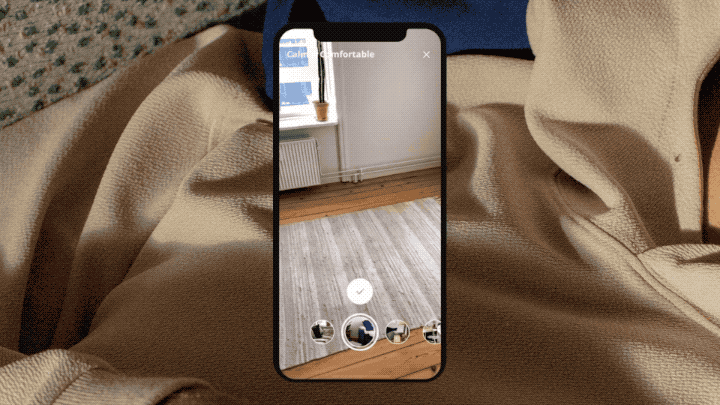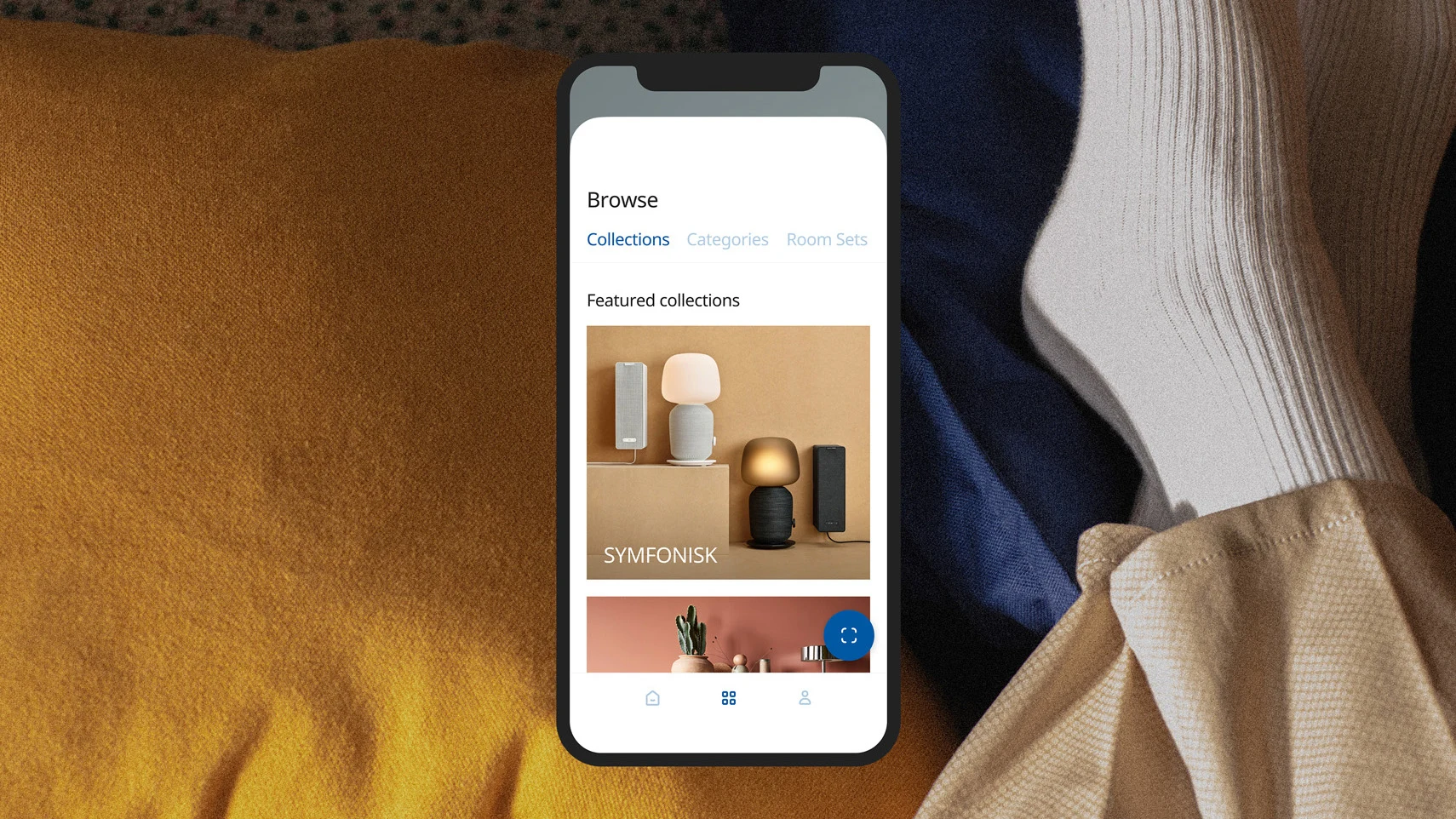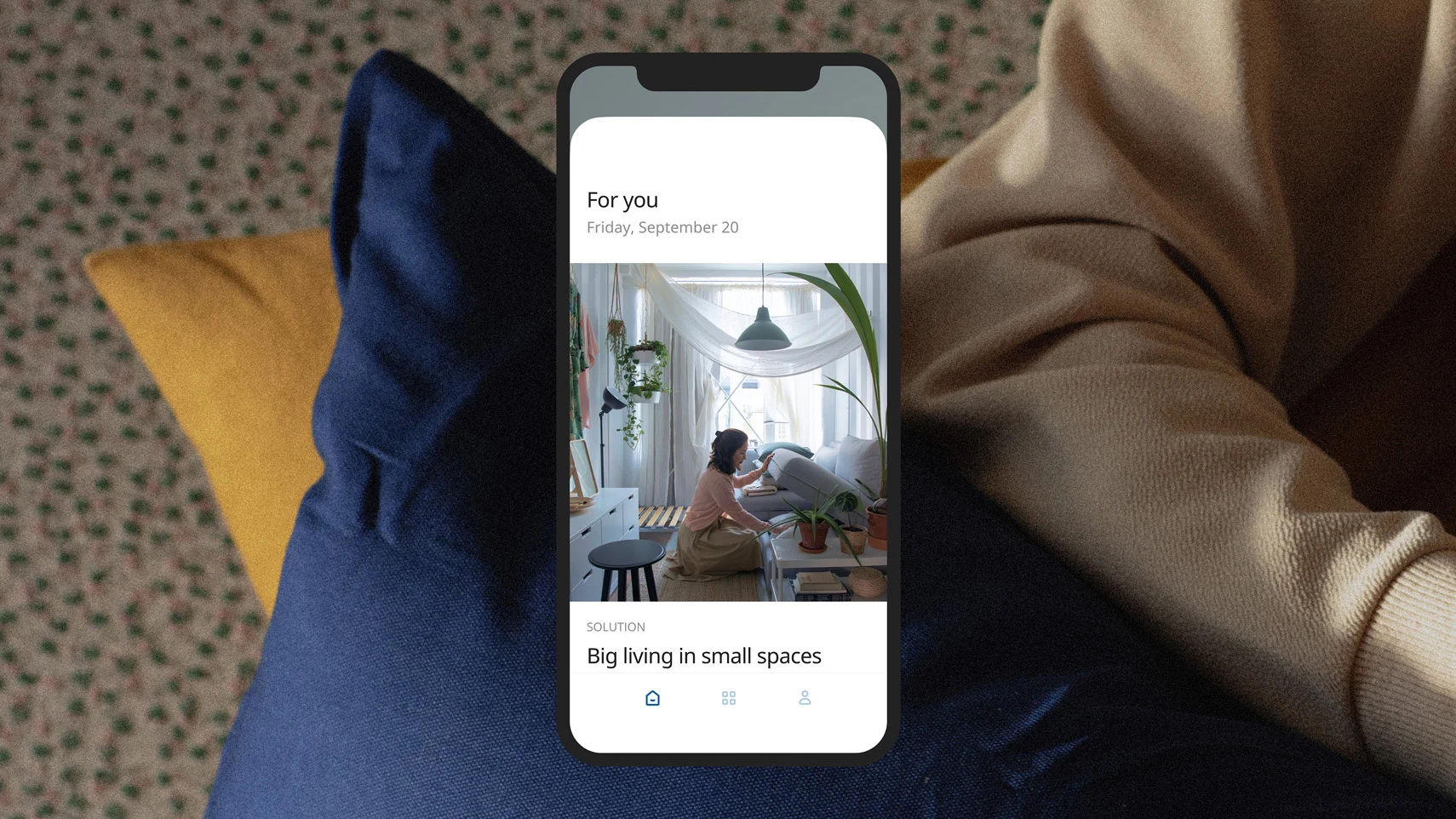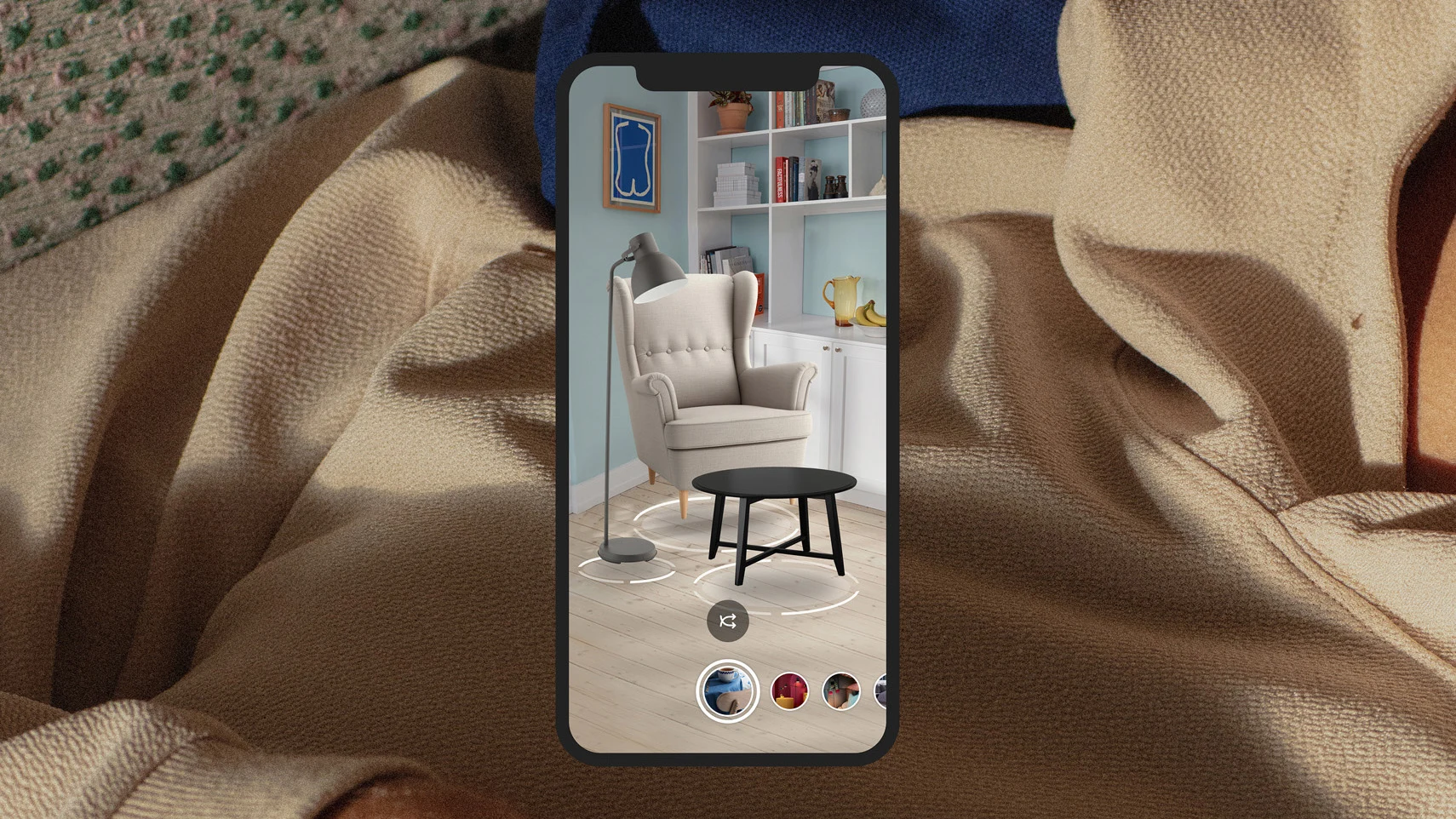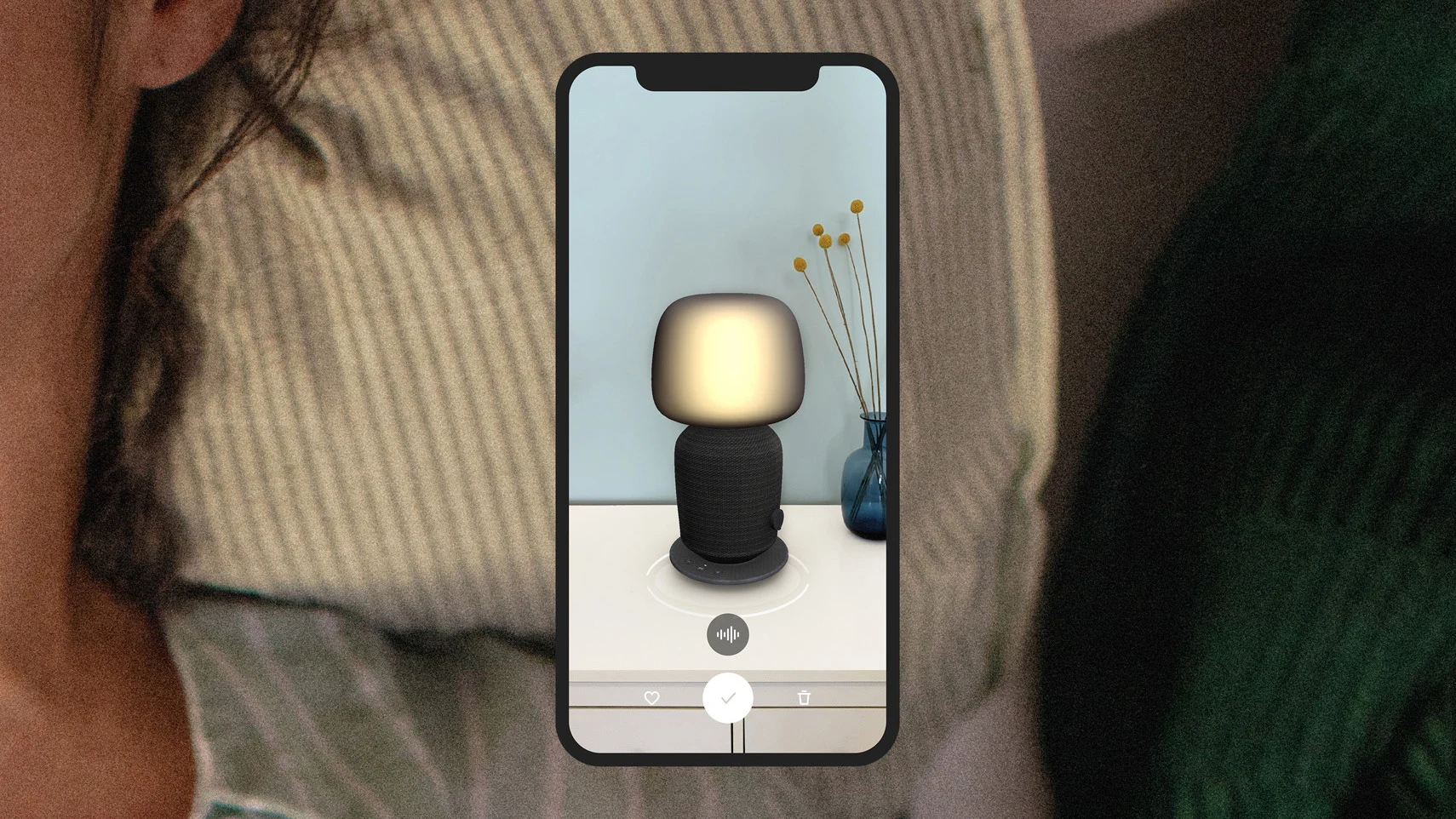It’s always scary to pick out a couch or a chair without knowing what it might look like in your home rather than the showroom floor. That’s why, in 2017, Ikea launched Ikea Place: an augmented reality app that lets you preview shelving and chairs right in your living room.
Now, the company is revealing the next phase of the app’s development. The next iteration of the app will use artificial intelligence to render entire coordinated collections of furnishings—which might include a chair, couch, coffee table, and lamp—right in your living space.
As Gerry Rogers, digital transformation leader at Ikea, explained in an exclusive interview, the updated app was developed by Ikea’s experimental Space10 lab, as part of larger efforts of digital transformation led by Rogers. Before he landed at Ikea a year ago, Rogers ran global manufacturing sourcing at Nike, and he understands the allure of an app that interior decorates for you. “As somebody who is more mathematically inclined . . . I could use that inspiration,” he laughs about Ikea Place’s furniture suggestions. “I suspect there are many people that are the same.”
Ikea Place is still an experiment; Space10 is an innovation lab inside Ikea that tests new product ideas around bug meatballs and gardening, after all. While Ikea says the app leverages AI to design your space, exactly how is unclear from our conversation. But one day, the app may use computer vision technology to analyze what’s already in your home to suggest highly specific complements. Perhaps Ikea Place could spot your existing cream couch and white walls, then select several pieces that could liven up the room with pops of color. But today, the app sounds far more conservative in its scope. Rogers confirms users will actually be training the Ikea AI to make better stylistic suggestions over time as they use it. He notes that data collection is intentionally not too specific to protect privacy; it looks at trends in homes, he says, rather than collecting exact data points.
“We’re starting out with a lineup of about 1,000 products that go together very well,” says Rogers, which hints that Ikea may be less analyzing interior design on the fly than dropping stock collections into your space. “I’m not gonna get into a whole lot of detail on it because we’re still super early,” says Rogers when I ask for clarification on what the AI is doing when a customer aims the camera at their home. “We’re talking about a prototype platform. To summarize it, we’ve already curated a series of things that we think go together well. What we’re effectively doing is releasing those insights to the wild . . . to see how consumers react with them to inform insights to how those thought processes can shift.”
There’s a catch to Ikea Place’s usefulness to consumers, though. The app will show you a living room’s worth of furniture, but it still won’t actually link you to purchase any of these products. While platforms like Instagram and Snapchat have baked commerce right into their experimental social interfaces, Ikea is choosing to keep this dynamic shopping software apart from your actual shopping cart.
[Image: Space10/Ikea]
Rogers himself used to be surprised that Place didn’t sell furniture, even before he joined the retailer. He recounts an early experience with the app. “You’ve just persuaded me! You’ve given me this great item,” he says. “But I can’t buy it?”
The reason why is up for debate, but it may be twofold. First, the app is still experimental. And second, it may come down to the fact that Ikea isn’t structured like a typical company, which could ultimately get in the way of good e-commerce UX.
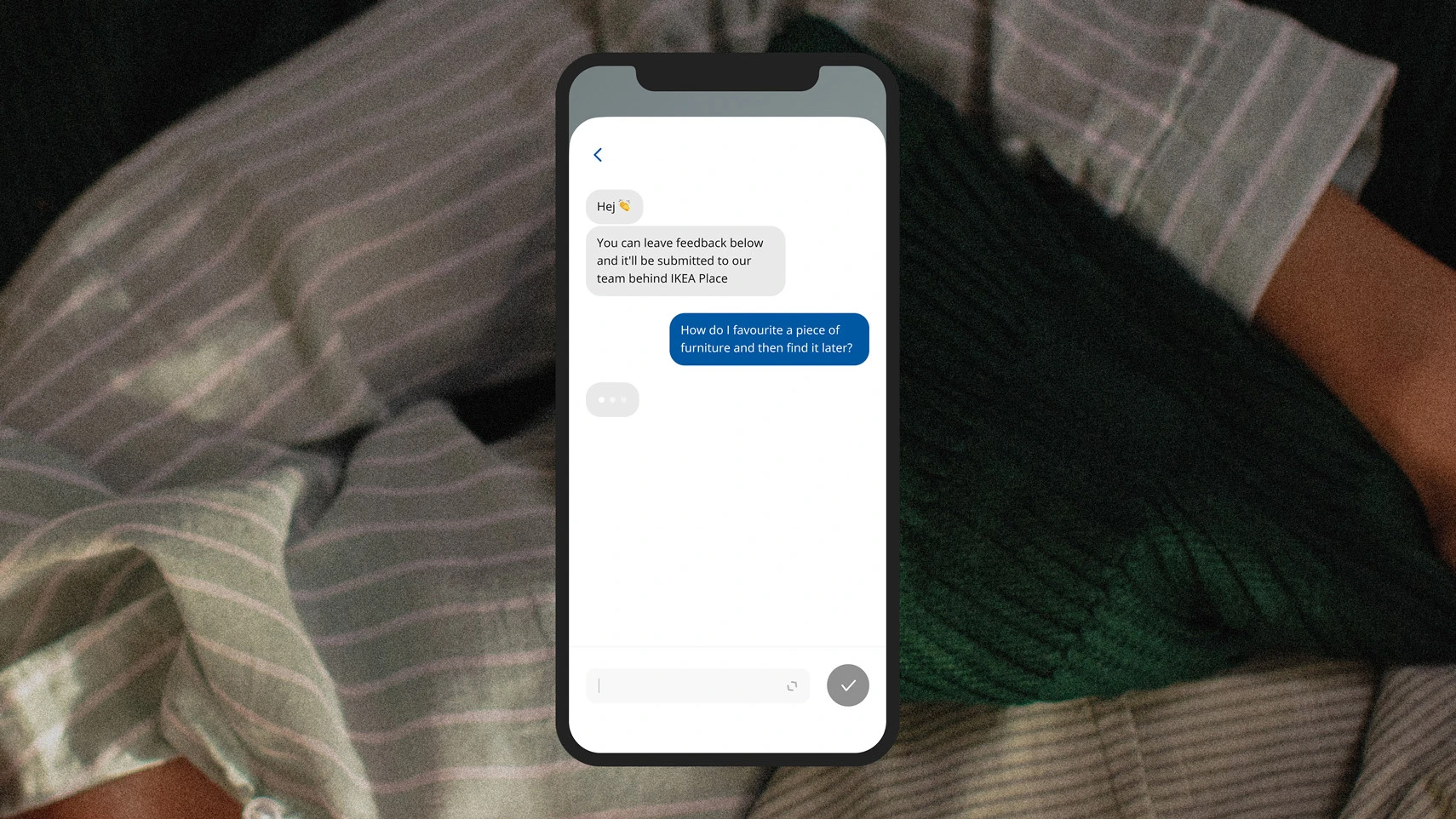
Ikea Place is developed by the Interikea Group—which doesn’t actually own and operate Ikea stores. It franchises them out to different companies around the world. If Interikea were to sell furniture digitally, it would be a competitor to its own customers, the franchisees. (If you want to get into the weeds, here’s an explainer.)
So who can sell Ikea furniture, digitally? Ingka Group is one such franchisee. It’s the single company that runs 85% of all Ikea stores globally, including all locations in the U.S. Ingka Group is the entity that actually sells furniture on Ikea.com when you visit it from the U.S. Ingka Group was also behind the launch of a different Ikea app last May that actually let users buy some furniture. Rogers hints that the relationship between multiple Ikea stakeholders necessitates a multi-headed digital strategy.
“Is it going to be a situation where we’re only going to have one app for communication with consumers [at Ikea]?” asks Rogers. “No, because I don’t think big brands are going there.”
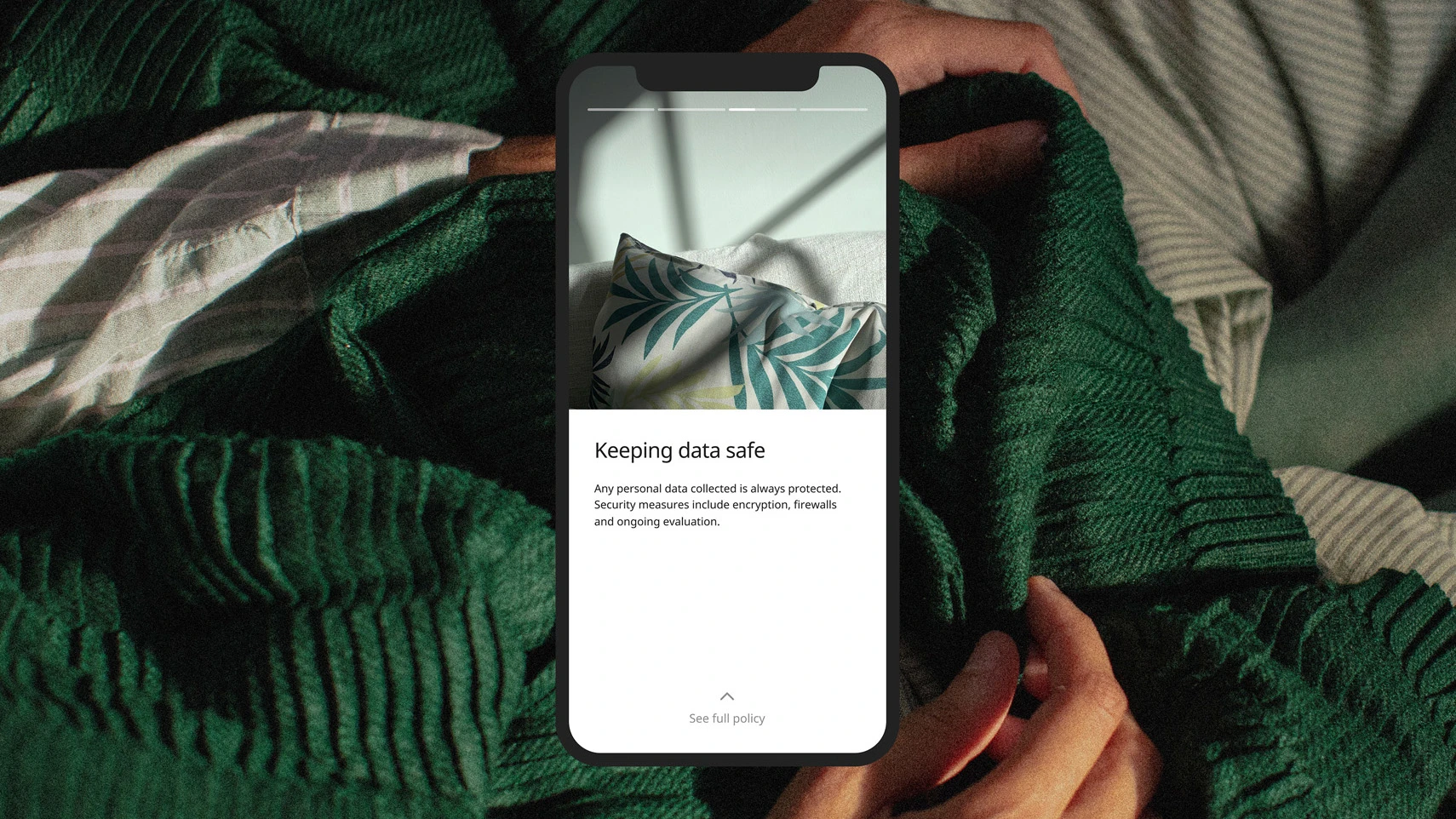
Rogers imagines that one day, the AR technologies he’s developing might make their way into Ingka’s shoppable platforms as one seamless experience to improve the customer journey—perhaps as part of the licensee relationship. Even still, it’s clear that Rogers, tasked with building Ikea’s digital future, is working at odds with a global business infrastructure rooted in traditional retail.
In any case, the new Ikea Place app is out on iOS devices today, and will make its way to Android devices sometime soon. If nothing else, it’s an opportunity to turn your home into an Ikea catalog, if only for a few minutes before you hop over to another app to do your shopping.
Recognize your brand’s excellence by applying to this year’s Brands That Matter Awards before the early-rate deadline, May 3.
